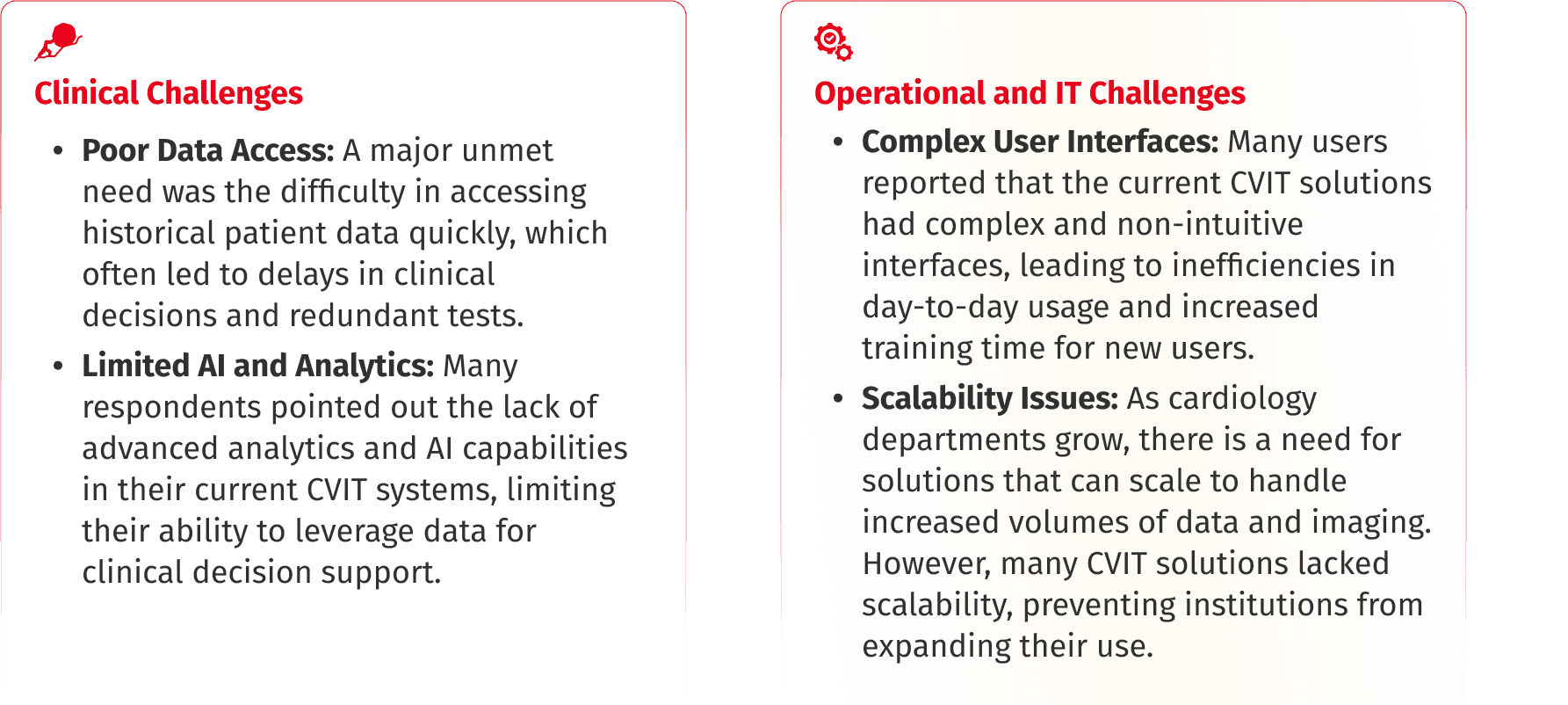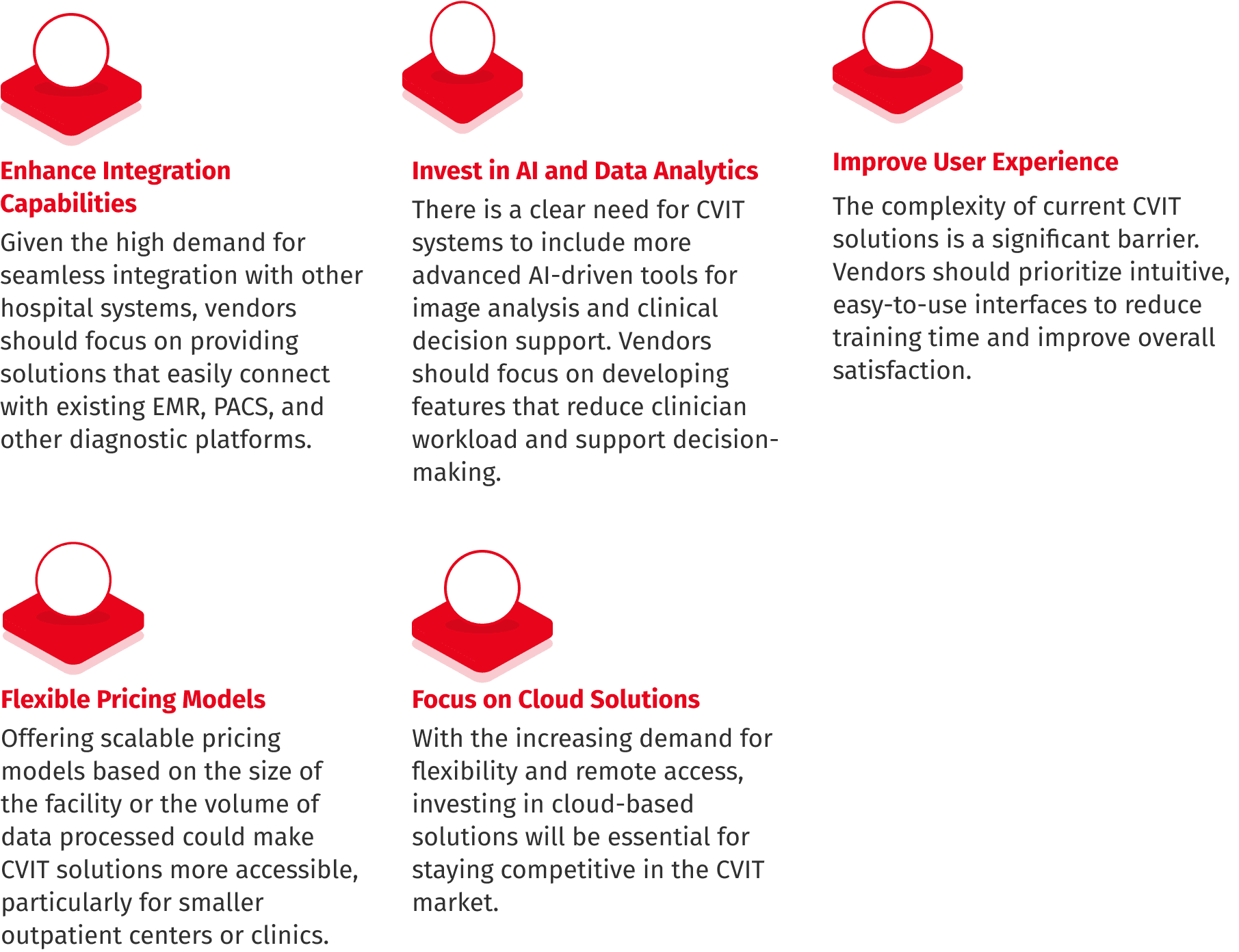
Healthcare
Health Policy Influencer Message Testing


As healthcare institutions evolve, Cardiovascular IT (CVIT) solutions have become critical for enhancing the efficiency and effectiveness of cardiovascular care. These solutions aggregate patient data, imaging, and diagnostics into a centralized system, enabling faster, data-driven decision-making for better patient outcomes. However, as the market for CVIT solutions grows, many healthcare facilities face significant challenges regarding adoption, implementation, and integration. This case study explores key insights from healthcare professionals involved in CVIT solution procurement and usage.
The aim of this study was to examine the dynamics of CVIT solution adoption, the barriers healthcare professionals face, and the unmet needs that hinder the effective use of these systems. Through this survey, we sought to identify the strategic goals of cardiology departments, their current use of CVIT systems, the barriers preventing full implementation, and the criteria influencing future purchasing decisions.

4. Purchase Intentions and Decision Factors
5. Barriers to Adoption
6. Brand Awareness and Perceptions
7. Future Trends in CVIT

